Valentine’s Day is fast approaching, and what better way to celebrate than with a romantic escape that tantalizes the taste buds, soothes the soul, and creates lasting memories? From 1 February to 16 February 2025, Pullman Singapore Hill Street is offering a series of special Valentine’s Day experiences designed to make this occasion one to remember. Whether you’re looking to indulge in a romantic dinner, attend a creative workshop, or enjoy a luxurious staycation, Pullman Singapore Hill Street has everything you need to make this Valentine’s Day extraordinary.
- 1. Madison's Valentine's Day Set Dinner: A Culinary Journey for Two
- 2. Love on the Rails Afternoon Tea at Madison's: A Sweet Escape
- 3. MOGA's Five-Course Japanese Sharing Set: A Taste of Japan’s Best
- 4. El Chido’s Mexican Sharing Set: Celebrate Love with Bold Flavors
- 5. Valentine's Staycation at Pullman Singapore Hill Street: A Romantic Getaway
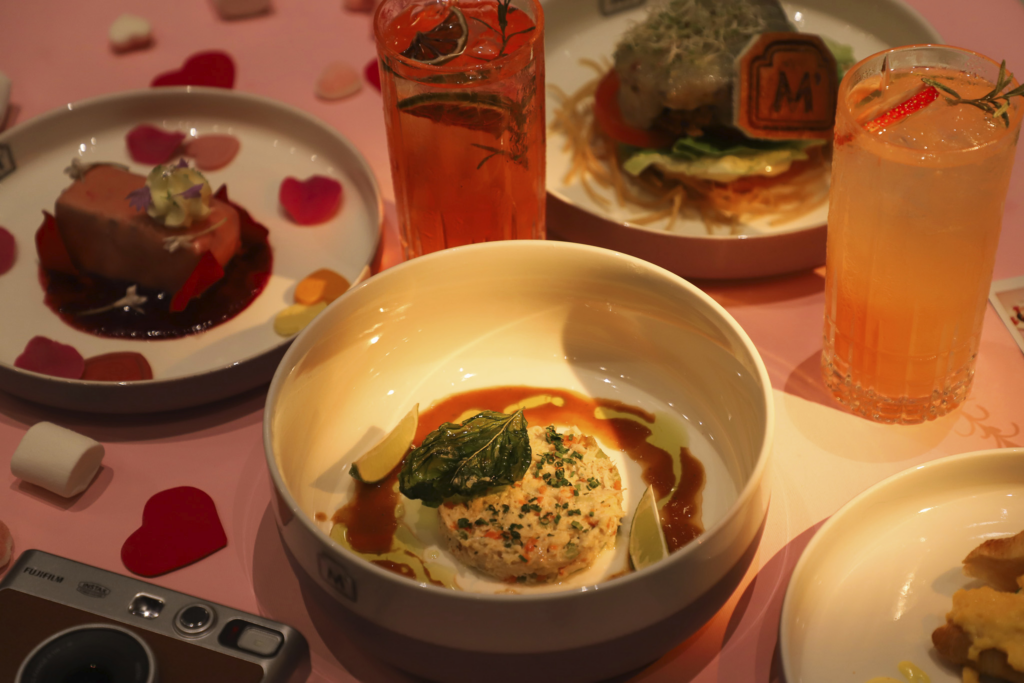
1. Madison’s Valentine’s Day Set Dinner: A Culinary Journey for Two
At Madison’s, the hotel’s signature dining venue, couples can indulge in a special Valentine’s Set Dinner that will transport them through a memorable culinary journey. Available from 10 – 16 February, 6pm to 10pm, this dinner for two is priced at $116++ and features a carefully curated menu that highlights both classic and contemporary flavors.
The set begins with the “Morning Kisses,” featuring mini kaya croissants paired with fluffy scrambled eggs—a deliciously light start to the evening. Next, the “Dinner Date” introduces a hearty slider with a mala beef patty, offering a delightful blend of spice and savoriness. The grand finale of the meal is “Lovely Rose,” a rich chocolate mousse that promises to satisfy even the most discerning sweet tooth. Each dish is designed to bring couples closer, combining flavors and textures that perfectly complement each other.
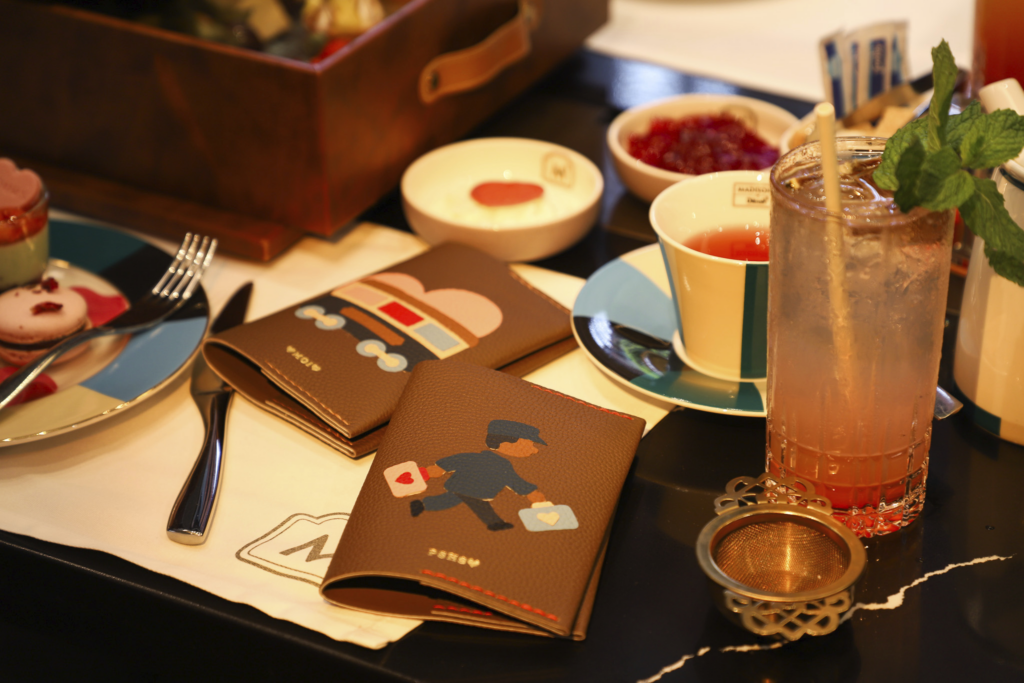
2. Love on the Rails Afternoon Tea at Madison’s: A Sweet Escape
For those who prefer a more laid-back celebration, the “Love on the Rails” Afternoon Tea at Madison’s is the perfect choice. Available from 1 – 15 February, 2pm to 5pm, this offering invites couples to indulge in a selection of sweet and savory treats while sipping on expertly crafted beverages.
Priced at $88++ for two guests, the afternoon tea experience is ideal for couples who wish to enjoy each other’s company in a relaxed and cozy atmosphere. Special beverages, such as the fruity gin-tipple “You and I” ($20++), tropical mocktail “Miss You” ($14++), or a 2-hour Champagne and Wine free-flow ($78++), add an extra touch of romance to the afternoon.
For those looking to elevate their experience, Madison’s is offering a special leather-making workshop by Crafune, available from 10 – 15 February between 2.30pm and 4pm. The workshop is included at no additional charge, but availability is limited to the first 50 guests. It’s an excellent opportunity for couples to explore their creativity together while enjoying their afternoon tea.
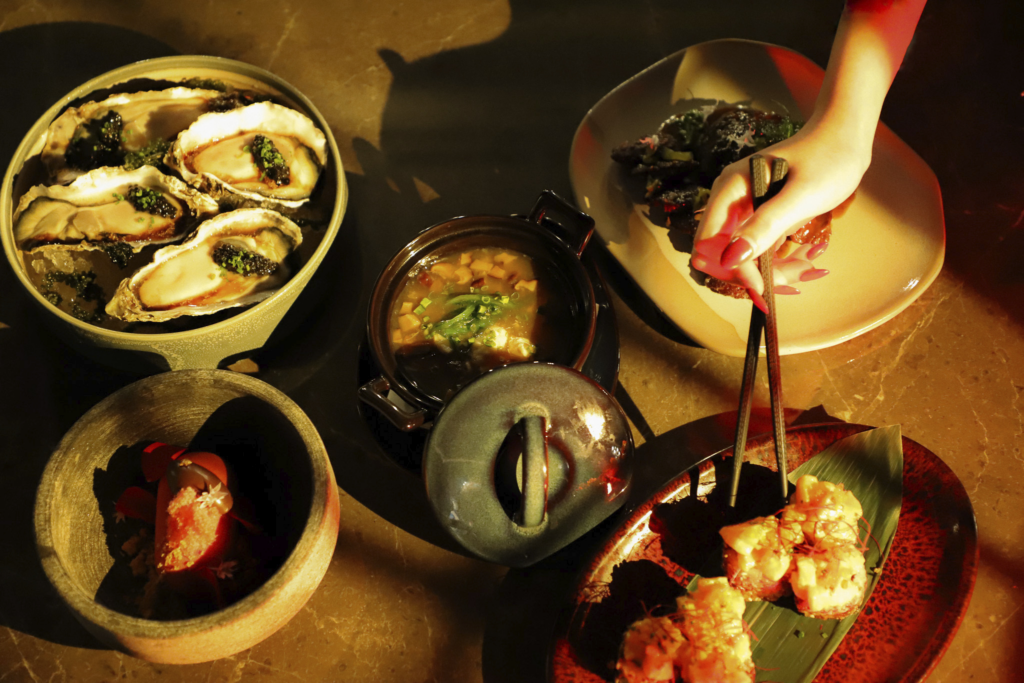
3. MOGA’s Five-Course Japanese Sharing Set: A Taste of Japan’s Best
For couples who want to explore bold flavors and indulge in something different, MOGA offers a Five-Course Japanese Sharing Set, available from 10 – 15 February, 6pm to 10pm. Priced at $108++ for two guests, this set brings together the finest ingredients from Japan, offering a mix of delicate seafood and savory dishes that highlight the country’s culinary excellence.
Highlights of the sharing set include Miyazaki oysters drizzled with yuzu ponzu, umibudo, and caviar, as well as a comforting Chanko Nabe, a seafood stew featuring crab, shiitake mushrooms, and shrimp. To finish, the Raspberry Framboisier delivers a sweet and tart berry compote topped with a light crumble.
In addition to the delectable food, MOGA is offering a Valentine’s Day cocktail special. The Oyster Shots—featuring an oyster paired with tequila and enhanced with fiery togarashi—are priced at $18++ per shot and provide a fiery twist to the evening. This offering is perfect for couples who are looking to enjoy an adventurous yet intimate dining experience.
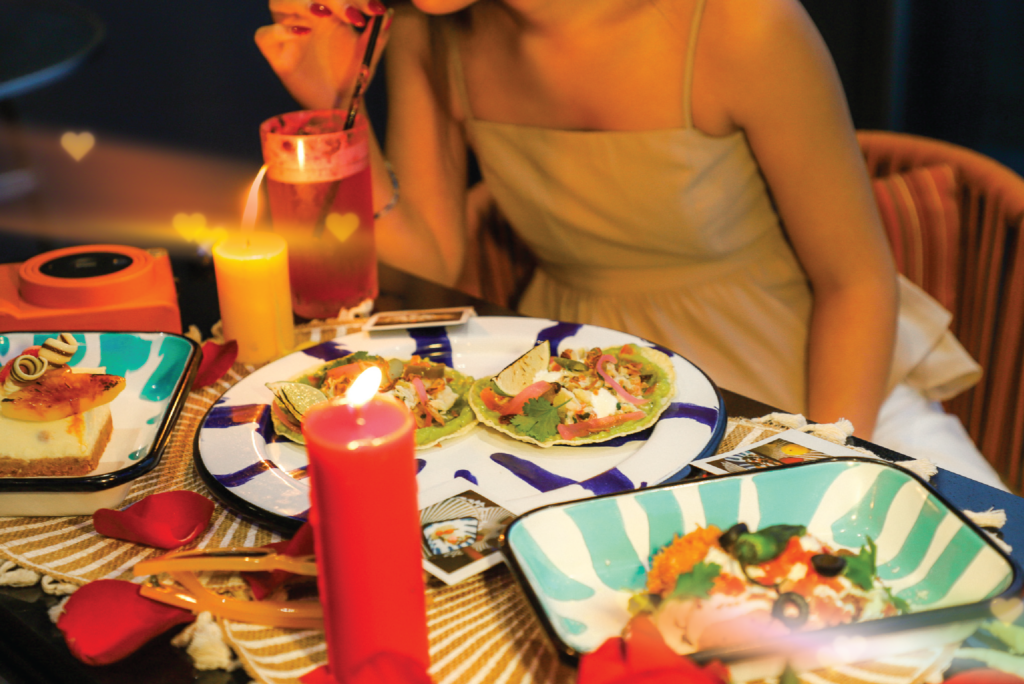
4. El Chido’s Mexican Sharing Set: Celebrate Love with Bold Flavors
If you’re looking for a Valentine’s Day experience that’s as lively and vibrant as your love story, El Chido offers the perfect setting. Available from 10 – 16 February, 5pm to 10pm, this Mexican Sharing Set invites couples to savor a trio of flavorful dishes, including the Passionate (Comote and Pancetta Coquette), Sensational (Crab and Avocado Tostada), and Drunk (Pineapple and Rum Cheesecake).
For $88++ for two, this sharing set is perfect for couples who enjoy bold flavors and want to indulge in something different this Valentine’s Day. El Chido also offers a Valentine’s Cocktail, Raspadura, a refreshing mix of smooth tequila, raspberry foam, citrus, agave, and soda, priced at $18++. This cocktail is the perfect way to toast to your love in a fun and festive atmosphere.
5. Valentine’s Staycation at Pullman Singapore Hill Street: A Romantic Getaway
For couples seeking a more immersive and luxurious experience, Pullman Singapore Hill Street offers exclusive Valentine’s Staycation packages available from 10 – 15 February. With a one-night stay in a spacious Deluxe or Suite Room, this package includes breakfast for two and a stylish dinner at MOGA, featuring the Valentine’s Day Sharing Set.
Enhance your romantic getaway with the Regular Package ($78++) or the Premium Package ($108++). The Regular Package includes a bottle of prosecco and chocolate-covered strawberries, while the Premium Package adds elegant touches such as balloons and rose petals to make the experience even more romantic.
Whether you’re looking for a quick escape from the daily grind or a longer celebration, the Valentine’s Staycation at Pullman Singapore Hill Street is the perfect way to indulge in luxury, romance, and relaxation.
Final Thoughts: A Truly Memorable Valentine’s Day
Whether you’re looking for a quiet afternoon with tea and treats, a festive dinner with bold flavors, or a luxurious staycation with your special someone, Pullman Singapore Hill Street offers a range of options to suit every couple. The hotel’s Valentine’s Day offerings combine gourmet food, creative experiences, and luxurious accommodations to make this Valentine’s Day unforgettable.
From romantic dinners at Madison’s, MOGA, and El Chido to the indulgent Valentine’s Staycation, Pullman Singapore Hill Street provides the perfect setting for couples to celebrate love in a meaningful way. Book now and let the hotel help you create unforgettable memories this Valentine’s Day.





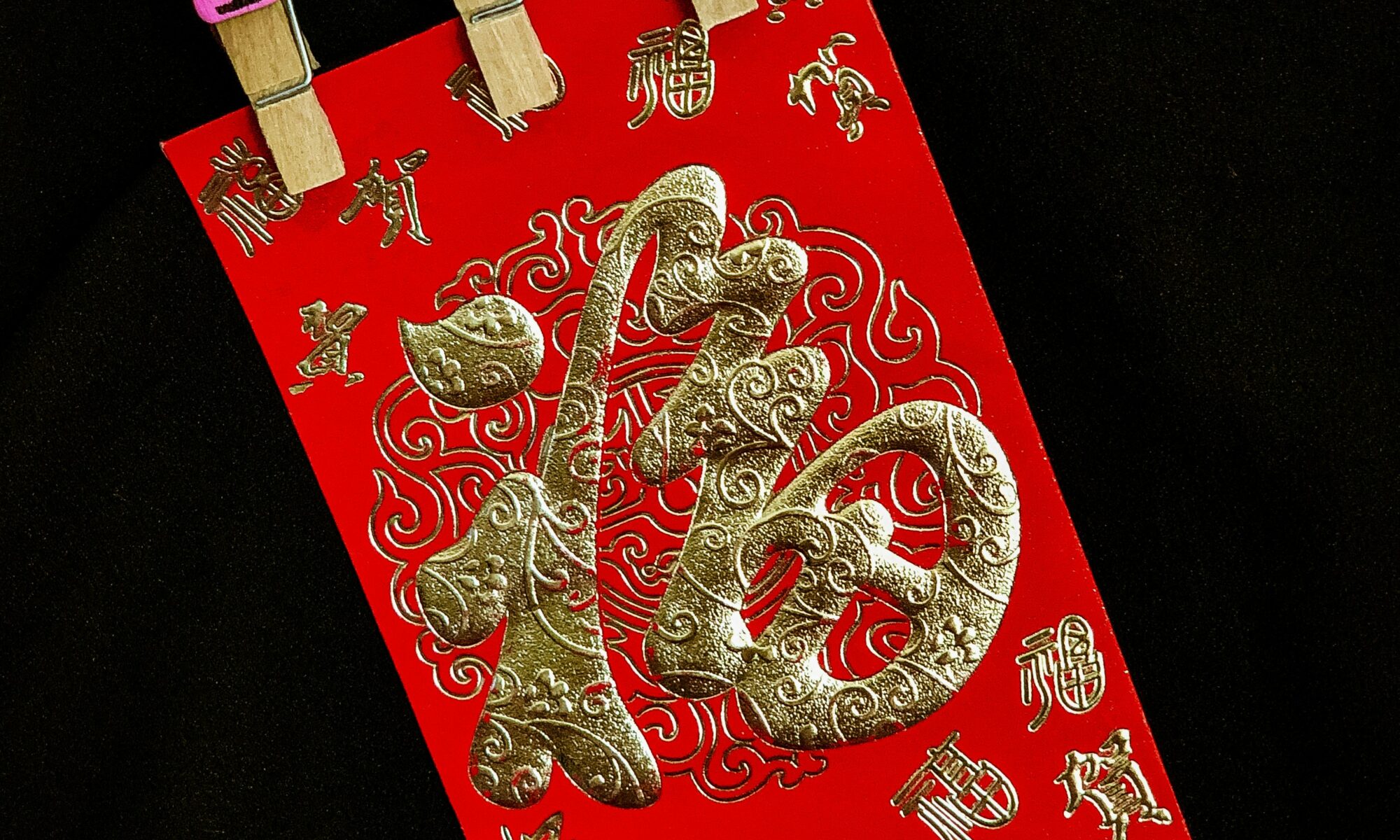
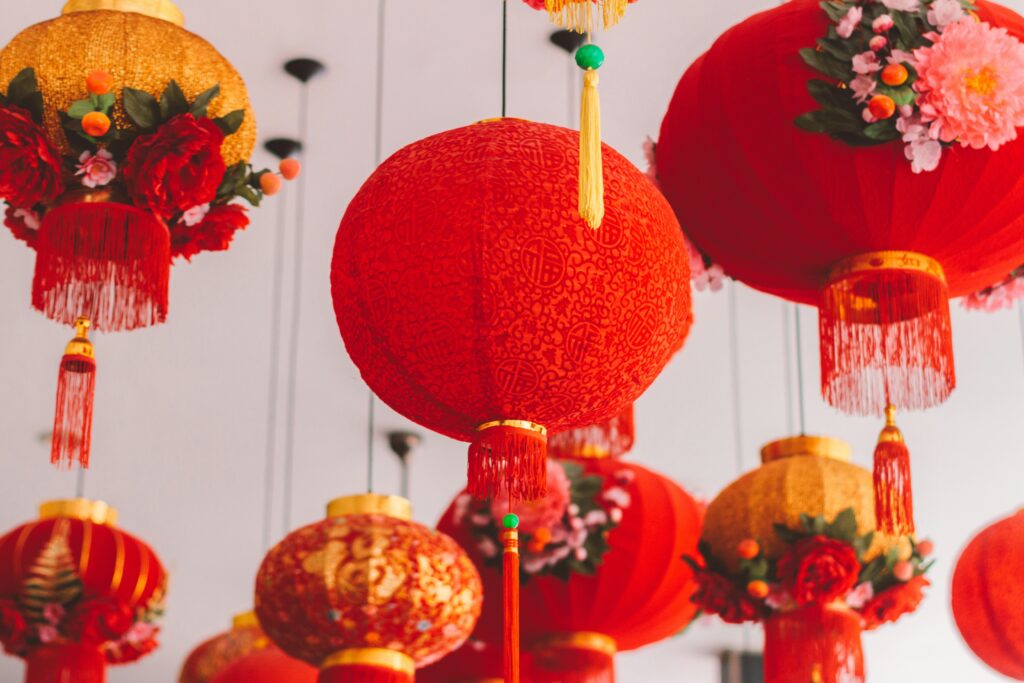
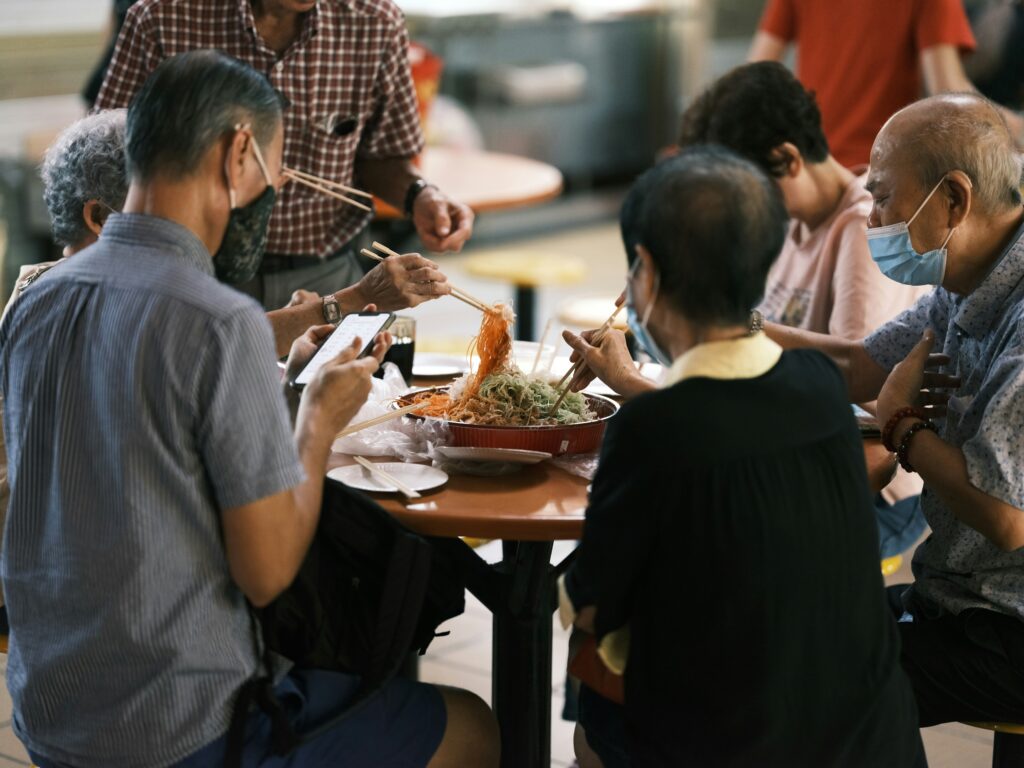



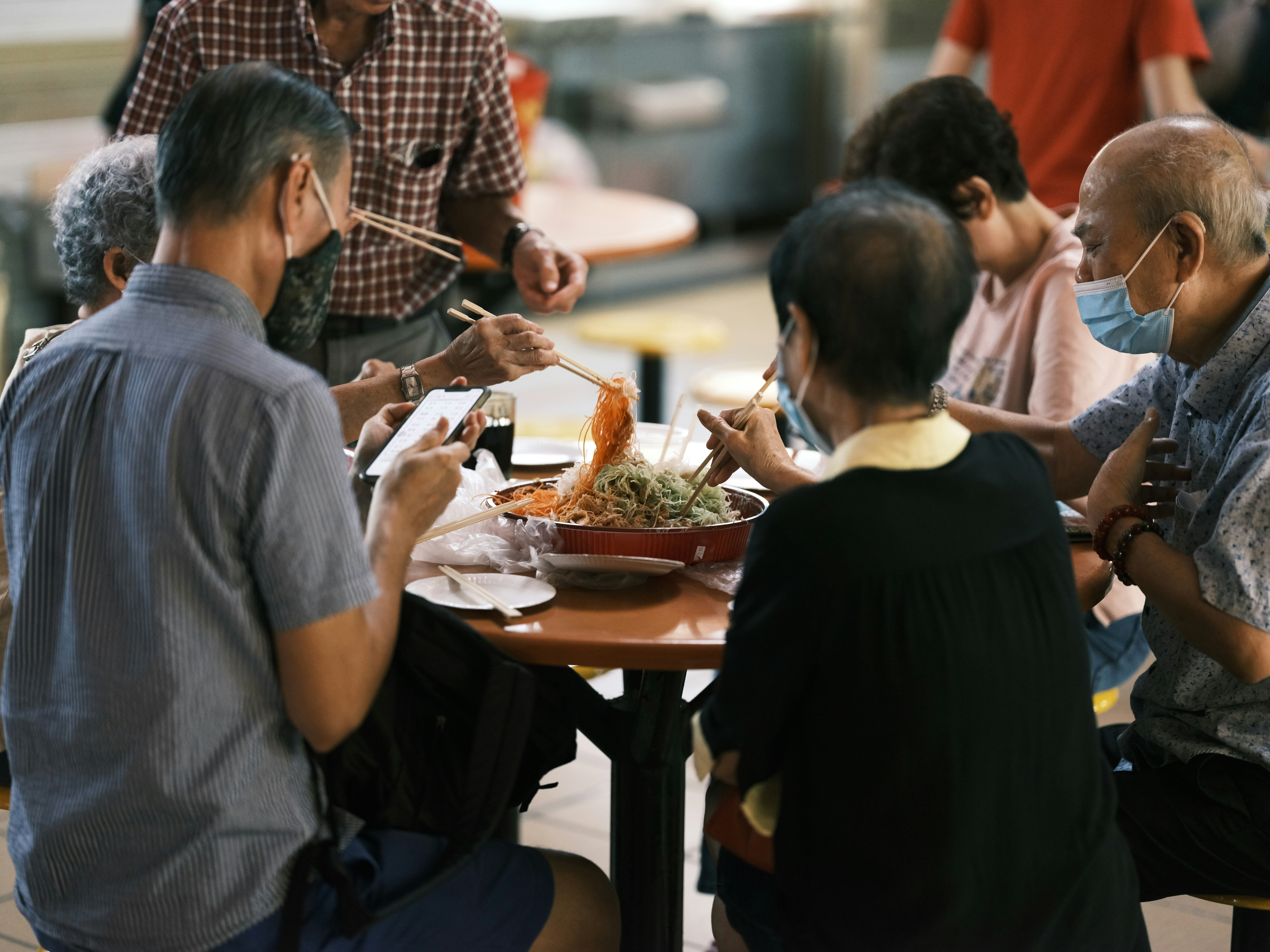

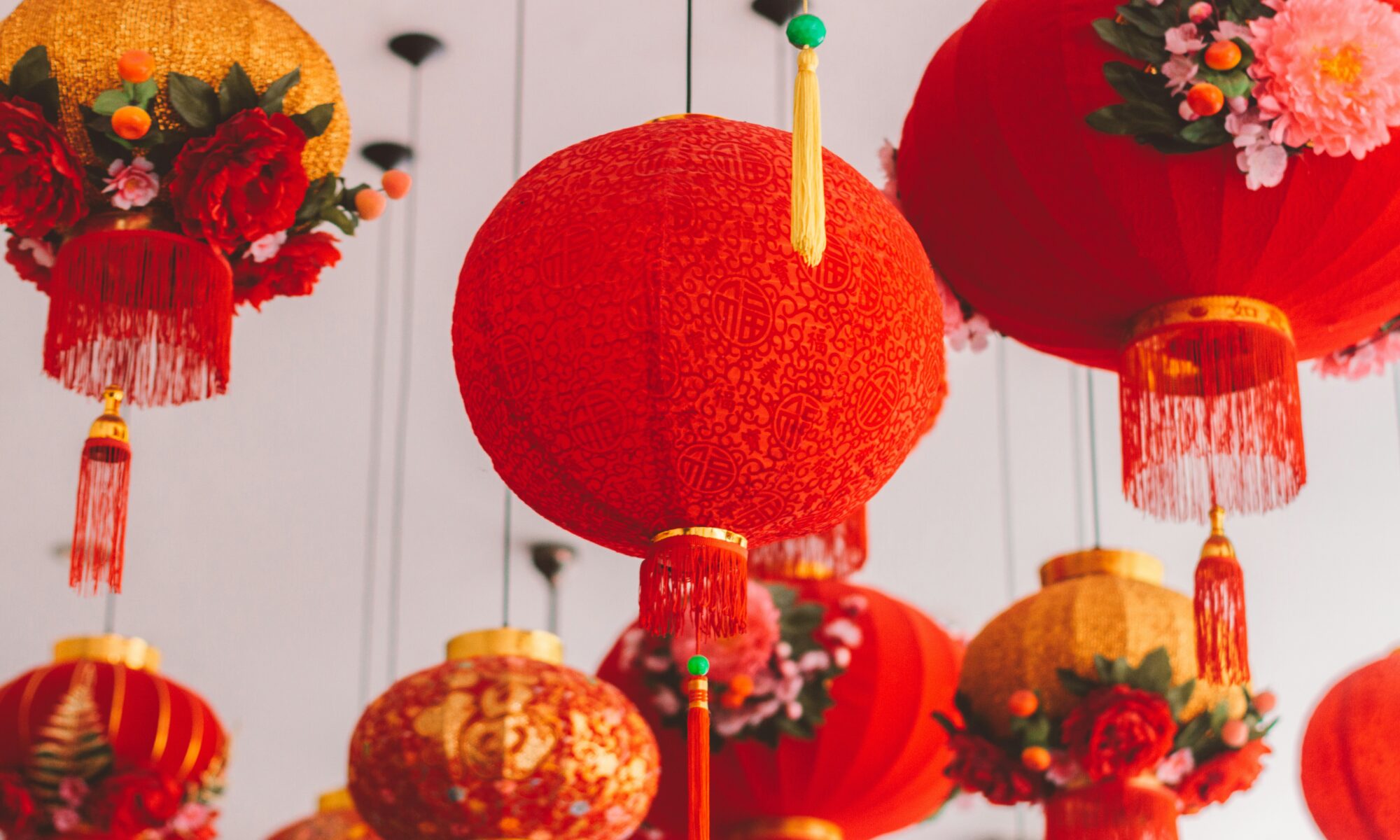


You must be logged in to post a comment.